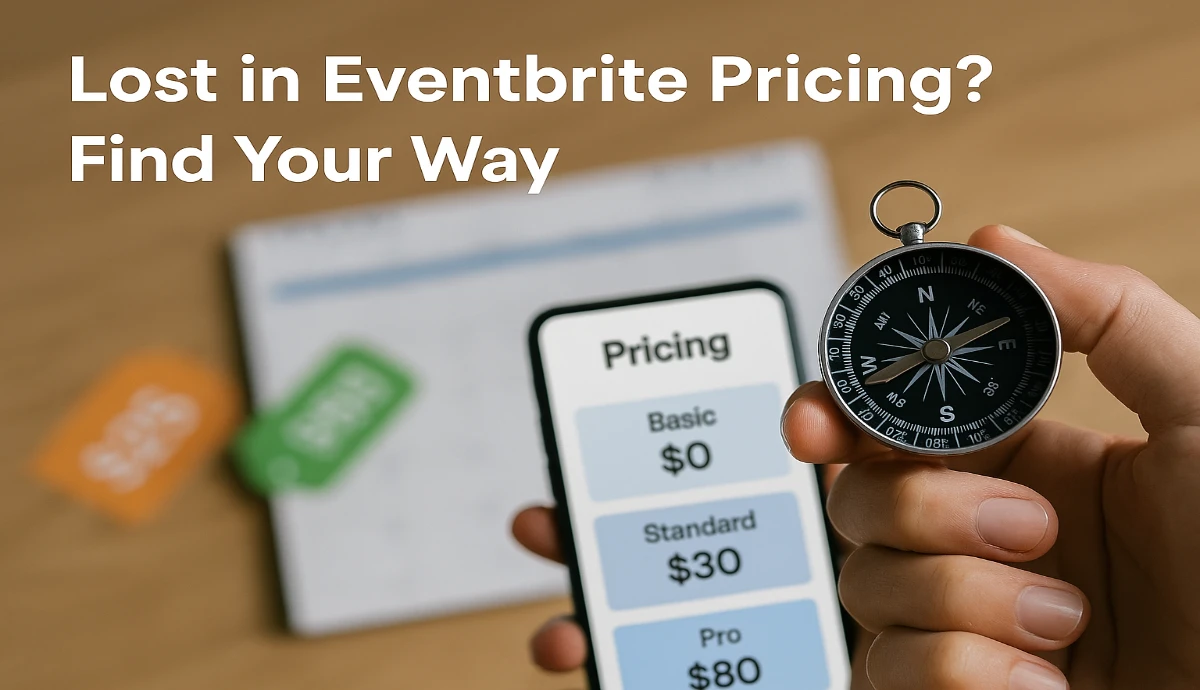If you are a business owner or marketer, you know that trade shows are an excellent opportunity to showcase your products and services to potential customers. However, it can be challenging to determine how your audience perceives your brand and whether they are satisfied with what you have to offer. This is where customer feedback comes in handy.
Analyzing customer feedback from a trade show can provide valuable insights into your audience's preferences, needs, and expectations. By collecting feedback from your trade show audience, you can determine what worked well and what needs improvement. This can help you enhance your products and services, improve customer satisfaction, and ultimately increase sales.
In this article, we will discuss how to analyze customer feedback from a trade show. We will cover different methods of collecting feedback, including surveys and interviews, and provide tips on how to interpret and act on the feedback you receive. Whether you are a seasoned trade show exhibitor or a first-time participant, this guide will help you make the most out of your trade show experience.
Gathering Customer Feedback
Gathering customer feedback is a critical step in analyzing the success of a trade show. There are several methods you can use to collect customer feedback, including surveys, interviews, focus groups, and digital feedback tools. Each method has its advantages and disadvantages, and you should choose the one that best suits your needs.
Designing Effective Surveys
Surveys are an effective way to collect customer feedback quickly and efficiently. When designing a survey, you should keep the following tips in mind:
- Keep the survey short and concise. Customers are more likely to complete a survey if it doesn't take too much time.
- Use open-ended questions to encourage customers to provide detailed feedback.
- Include closed-ended questions to gather quantitative data.
- Use clear and simple language to avoid confusion.
- Test the survey with a small group of people before sending it out to a larger audience.
Conducting Interviews and Focus Groups
Interviews and focus groups are useful when you want to gather in-depth feedback from customers. When conducting interviews and focus groups, you should keep the following tips in mind:
- Prepare a list of questions in advance to ensure you cover all the important topics.
- Choose a quiet and comfortable location to conduct the interviews or focus groups.
- Use open-ended questions to encourage customers to provide detailed feedback.
- Encourage customers to provide honest and constructive feedback.
- Take notes or record the interviews and focus groups to ensure you don't miss any important information.
Utilizing Digital Feedback Tools
Digital feedback tools, such as social media monitoring tools, online surveys, and feedback forms, are useful when you want to collect feedback from a large audience quickly. When utilizing digital feedback tools, you should keep the following tips in mind:
- Choose the right tool for your needs. There are many different digital feedback tools available, and each has its advantages and disadvantages.
- Use clear and simple language to avoid confusion.
- Test the tool with a small group of people before using it with a larger audience.
- Monitor the feedback regularly to ensure you don't miss any important information.
- Respond to the feedback promptly to show customers that you value their opinions.
By utilizing these methods, you can gather valuable customer feedback that will help you analyze the success of your trade show.
Analyzing Customer Feedback
Analyzing customer feedback from a trade show is crucial to understand the attendees' perception of your company, products, or services. Here are some steps you can take to analyze customer feedback effectively.
Identifying Key Themes and Patterns
The first step in analyzing customer feedback is to identify key themes and patterns. This involves categorizing feedback into common topics, such as product features, customer service, pricing, or overall satisfaction. You can use tools like word clouds, sentiment analysis, or clustering algorithms to identify common themes and patterns.
Quantitative Data Analysis
Quantitative data analysis involves measuring and analyzing numerical data, such as ratings, scores, or percentages. This can help you identify trends and patterns in customer feedback, such as the most common complaints or the most praised features. You can use tools like spreadsheets, graphs, or dashboards to visualize and analyze quantitative data.
Qualitative Data Insights
Qualitative data insights involve analyzing non-numerical data, such as comments, reviews, or verbatim feedback. This can help you understand the context, tone, and emotions behind customer feedback. You can use tools like text analysis, coding, or theme extraction to identify qualitative insights.
Leveraging Feedback for Strategic Decisions
The ultimate goal of analyzing customer feedback is to leverage it for strategic decisions. This involves using the insights and patterns you have identified to improve your products, services, or customer experience. You can use tools like action plans, prioritization matrices, or decision trees to make data-driven decisions based on customer feedback.
In conclusion, analyzing customer feedback from a trade show can provide valuable insights into your customers' perception of your company, products, or services. By following the steps outlined above, you can effectively analyze customer feedback and use it to make strategic decisions that improve your business.
Conclusion
In conclusion, analyzing customer feedback from a trade show is a crucial step in improving your event and making data-driven decisions. By organizing your data and categorizing it based on the questions you asked, you can collect both qualitative and quantitative data to gain actionable insights.
One way to collect customer feedback is through in-app surveys, which can measure customer satisfaction, experience, and loyalty. Another way is to use professional coders to analyze data manually, which involves creating a code frame of themes and subthemes and coding each piece of feedback according to that code frame.
However, analyzing customer feedback can be a daunting task, especially if you don't have a lot of experience with data analysis. That's where tools like Ticket Generator can come in handy. They provide free ticket templates, QR codes with ticket validation, ticket sharing options via social media platform, event insights, and even 10 free tickets after signup.
Related Posts:
- Send Custom Tickets Seamlessly with the Ticket Generator
- Streamlined Ticket Validation with the Ticket Generator
- Create Memorable Events with Ticket Templates
- Generating Event Insights Made Easy
With Ticket Generator, you can streamline your ticket validation process and ensure smooth event entry with quick ticket validation. You can also gain valuable event data and trends to analyze preferences and optimize strategies for future events efficiently.






.gif)





